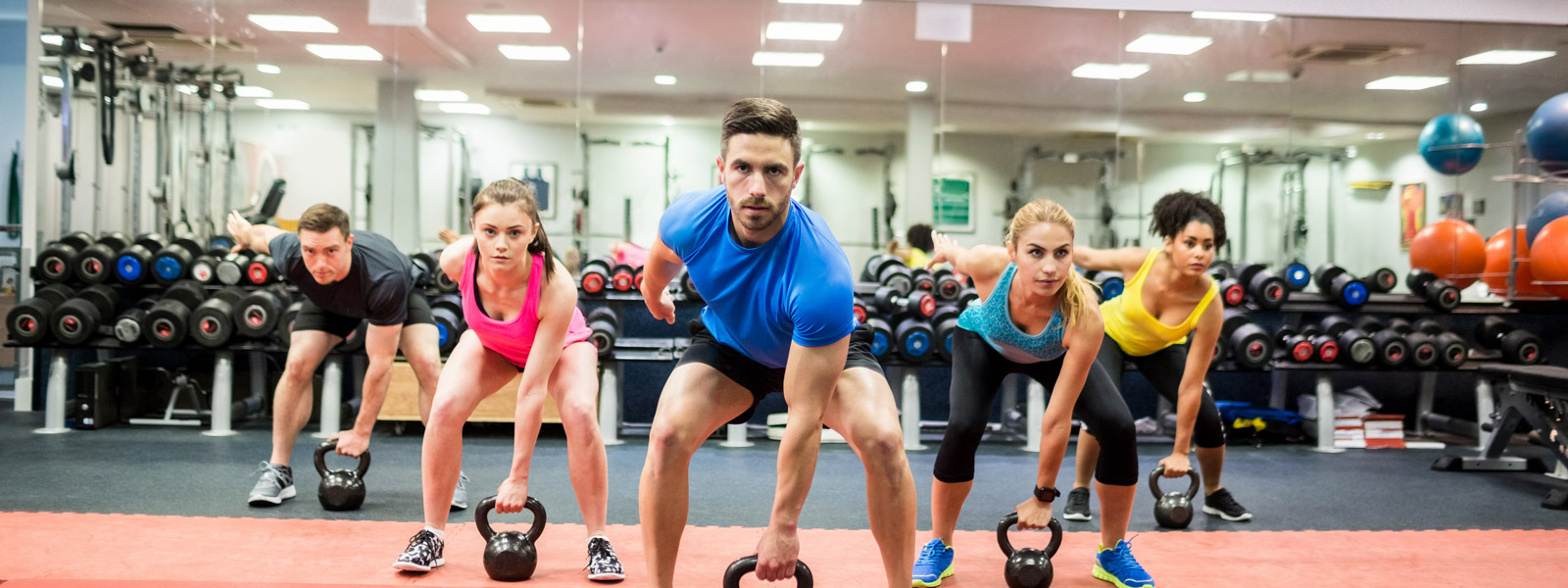Within the past few years we have seen a drastic increase in group fitness classes. Between Les Mills, CrossFit, F45, and Body Fit clearly there’s something to this trend of group classes. With a new trend of course comes critics claiming “F45 causes back injuries” or “CrossFit is bad for your shoulders”.
As a health professional who has spent time in many of these group fitness environments only one thing has become clear: nebulous generalizations about any form of fitness is not helpful. According to World Health Organization (WHO), 60-85% of the population worldwide is sedentary. Making physical inactivity the fourth leading risk factor for mortality.
Physical Inactivity Risks
- Increase risks for certain cancer
- May contribute to anxiety & depression
- Risk factor for cardiovascular disease
- Decreased skeletal muscle mass
The above just names a few associated risks of sedentary lifestyle. Yet with these risks in mind, I am disheartened when I hear someone try to convince others that their exercise choice is dangerous. Often the allure of these group classes is the supportive environment. Individuals usually attend the same time daily. This creates bonds and a sense of accountability to stay consistent on their fitness journey.
As a health professional, I do understand the criticism and inherent risk of these group fitness classes. I have been to 20 + gyms each one operating under their own standard when it comes to trainers, programming and even atmosphere. Typically, it is not the exercise itself that hurts people but rather the technique. Injuries usually come from doing too much too soon, moving with poor mechanics, not warming up, or letting your ego dictate your training. There are things you can be mindful of in order to decrease risks mentioned above!
Tips to get the best experience from group fitness:
1. Learn to listen to your body
I actually think this one is more important than anything else but it’s also the most abstract and difficult to master. There are so many factors that go into how your body feels day to day aside from muscle soreness. Working longer hours, sitting all day, reduced sleep, dehydration the list could go on. Each one of these may drastically impact what you’re able to do that day. You need to be able to detect that and move at an intensity that suits you, even if the 22 year old university student is working at 100% intensity next to you.
2. Leave your ego
Initially everyone joins the gym for personal reasons but sometimes the group setting can cloud that motive. It takes discipline to learn to move well first before trying to lift as much as or “keep up” with others. Doing too much too quickly will feed your ego with quick results but eventually may result in injury.
3. Consult with a physio and find a good gym
Consulting with your physiotherapist will allow you to understand which movements may flair you. If your physiotherapist is familiar with the program they also should be able to give you alternative movements that you could sub them out for. This makes it much easier on the trainers at your gym. Finding a good gym has little to do with the fancy equipment and more to do with the coaches/trainers. It is not up to your coach to advise around your injury, but if you come in knowing what movements you can do, you need to find a trainer who will be happy to accommodate you.
To discuss your group fitness class or check in to see what exercises would be suitable for your injury or condition, book online to see one of our physios today.
~Ashley

